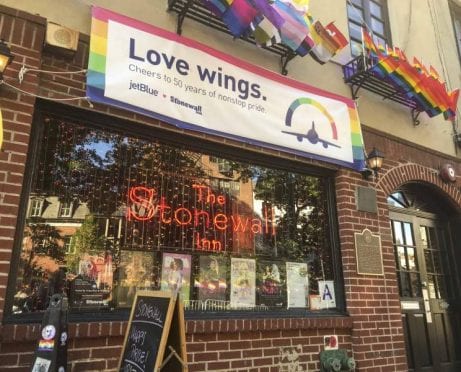
Retailers have a lot of marketing ploys to get you to spend more money. Some of their tricks involve the location of products in a store, but most are based on one big lie: Spend more to save more. You’ve probably seen special “deals” online or in stores. But you don’t have to fall for these schemes — keep your money. Here are five key retail tricks to avoid:
1. Buy More for Less
This trick can apply to any product, but it will only work in your favor if you already know you love the item or if you need a lot of it. National shoe retailers often use this marketing ploy. For instance, they may offer the chance to buy one pair and get a second pair for half price.
Seems like a deal, but if it made you hunt down a second pair in order to get the special offer, you just spent more for something that you didn’t really need. For some reason, I see this selling strategy applied to undergarments all the time.
If you know that a particular style of undies or bras works for you, then sure, buy more. But what happens when you buy multiples and wind up hating the fit? You paid a lot for something you don’t like.
2. Temptation Row
As much as I think I’m saving by shopping at T.J. Maxx, I usually negate it in the aisle before checkout. That area is loaded with note cards, water bottles, socks, snacks, and other potential last-minute impulse buys.
Those little purchases can make your total price go from $12.99 to $22.99 before you stop to think about whether you actually need a hot pink bandana. The store designers make these shelves impossible to avoid because you have to pass them in order to pay.
If you have willpower, just turn it on. If you can’t, try shopping at times when the line will be shorter. That way, you don’t have as much time to mull over another scented candle, and you don't have to worry about marketing ploys like temptation row.
3. Join the Club
Any time you have to pay money to save money, beware. That applies to rewards clubs, credit cards, or even shopping events that charge an entry fee. Club fees are based on rewarding returning customers, but you may end up spending more because you want to reach a certain spending level.
Shopping events are bogus. They’re designed to support the idea of shopping as entertainment.
That's a mentality to be avoided at all costs, even if the event is for charity. Instead of shopping to save the dolphins, make a donation to the organization when you’re clearheaded and looking at your budget.
4. Free Gift
Cosmetic brands have this retail trick down cold. Spend $100 and you get this fabulous plastic handbag that you’re going to give to Goodwill in about two weeks. Or this expensive lipstick in a shade that is totally wrong for you — but since the texture is so good, you come back to buy it in the right shade.
Some brands do offer samples or small sizes of expensive products that you may want or use frequently. And that’s fine. But don’t be lured by free gifts. They can end up being expensive.
5. Limited-Time Offer
You see this marketing ploy online all the time: Save 25 percent today only! Well, did you need a sixth pair of running shoes?
Sometimes it’s fun to just click through and see what’s on sale. But every time you interact with a retailer, you’re telling them what you’re interested in. They’re going keep hitting you with ads and offers so you buy not only that sixth pair of sneakers, but those after-workout flip-flops, too.
As with all of these tricks, if a brand you love is on sale, it’s not the worst thing in the world to buy it. But did you need it? Did the sale encourage you to buy something when you wouldn’t have otherwise?
Marketing ploys like this also happen in brick-and-mortar stores, especially on larger-ticket items: Big sale on printers — today only! Take a minute. Go outside. You have all day. The salesperson does not want you to leave the store. Just think it through: Are you getting a deal or helping a salesperson hit his or her goal?










